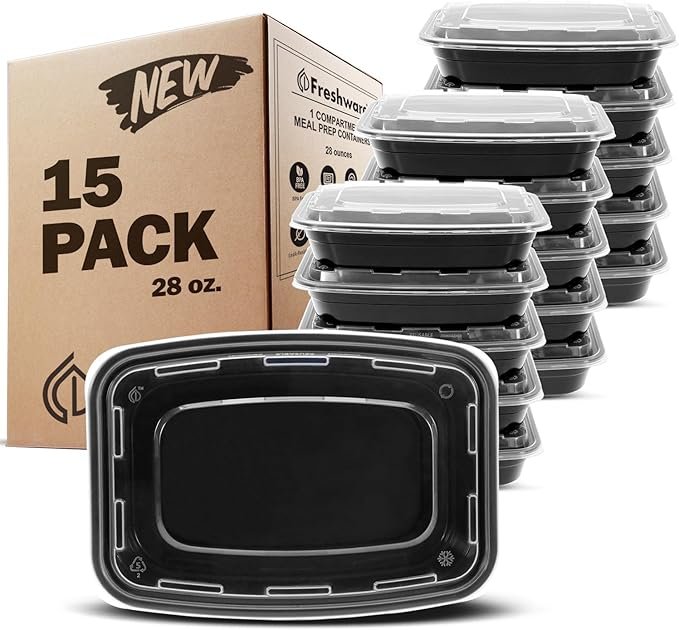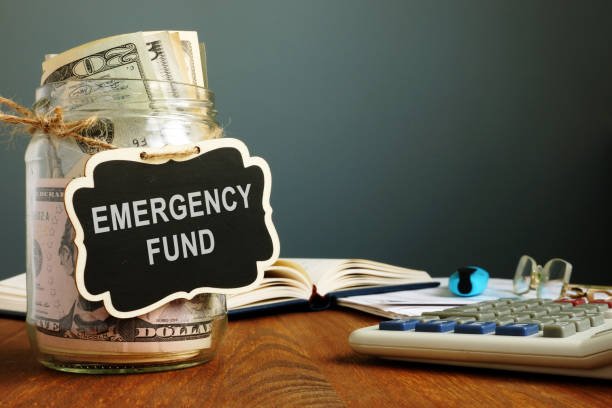Does it ever feel like your money has a mind of its own, disappearing from your account faster than you can make it? You’re not alone. In a world of rising costs, it’s easy to feel like you’re just getting by. But what if you could take back control and build a stronger financial future? The key is learning how to cut expenses in smart, manageable ways.
This guide is designed to be your simple roadmap. We’re not going to talk about extreme couponing or depriving yourself of everything you love. Instead, we’ll explore 12 practical, easy-to-implement strategies on how to cut expenses so you can start building the life you want, one small change at a time.

Why Learning How to Cut Expenses is a Game-Changer
Learning how to cut expenses is about more than just having extra cash at the end of the month. It’s about creating freedom and opportunity for yourself. Every dollar you save is a dollar you can redirect toward your goals, whether that’s paying off debt, saving for a down payment on a house, or investing for retirement.
When you actively work to reduce spending, you shift from a reactive to a proactive mindset. You’re no longer just a passenger in your financial life; you’re in the driver’s seat. Mastering these simple ways to save money is a foundational step toward building a secure and prosperous financial future.

12 Practical Ways on How to Cut Expenses Starting Today
Ready to make a change? Here are 12 straightforward and effective ways how to cut expenses without feeling like you’re making huge sacrifices.
1. Track Your Spending to Find Leaks
You can’t change what you don’t measure. The first step is to simply track where your money is going for one month. Use a simple notebook or a free budgeting app to log every purchase. This isn’t about judging yourself; it’s about gathering data. You’ll quickly see where your money is really going and identify “spending leaks” you didn’t even know you had.
2. Create a Realistic Budget (and Stick to It)
Once you know where your money is going, you can create a plan to tell it where to go. This is what a budget is all about. Use one of the simplest budgeting tips: the 50/30/20 rule. Allocate 50% of your income to needs (housing, utilities), 30% to wants (entertainment, dining out), and 20% to savings and debt. A budget is your best tool when learning how to cut expenses.
3. Master the Art of Meal Planning
Food is one of the biggest variable expenses for most households. Meal planning is a powerful way to reduce spending on both groceries and takeout. Sit down once a week, plan your meals, make a detailed grocery list, and—most importantly—stick to it at the store. This simple habit can save you hundreds of dollars a month.
A key part of successfully cutting expenses is making new habits as easy as possible. To support your meal planning and packing-your-own-lunch goals, investing in a set of high-quality, reusable meal prep containers is a game-changer. You can find excellent glass or BPA-free sets on Amazon that are perfect for portioning meals for the week. This not only saves you money by avoiding expensive takeout but also reduces food waste, making it a smart choice for your wallet and the planet.

4. Cancel Unused Subscriptions and Memberships
In the age of automatic renewals, it’s incredibly easy to pay for services you don’t use. Go through your bank statements and look for recurring charges for streaming services, apps, gym memberships, or subscription boxes. Be ruthless. If you don’t use it regularly, cancel it. This is one of the fastest ways how to cut monthly bills.
5. Automate Your Savings
Pay yourself first. Set up an automatic transfer from your checking account to your savings account for every payday. Even if it’s just $25, automating your savings ensures that you’re building your financial future before you have a chance to spend the money. This is a proactive way to save money daily.

6. Embrace the “30-Day Rule” for Big Purchases
Impulse buying can destroy any budget. To combat this, use the 30-day rule for any non-essential purchase over a certain amount, like $100. When you want to buy something, write it down and wait 30 days. If you still want it after a month, then you can consider buying it. Most of the time, the urge will have passed.
7. Reduce Your Utility Bills
You can cut monthly bills without making drastic changes. Simple habits make a big difference. Turn off lights when you leave a room, unplug electronics that aren’t in use, take shorter showers, and adjust your thermostat by a few degrees. These small actions add up to significant savings on your utility bills over the course of a year.
8. Pack Your Own Lunch and Coffee
Buying lunch or a coffee every day feels like a small expense, but it adds up incredibly fast. If you spend $10 on lunch and $5 on coffee each workday, that’s over $300 a month. Making your own coffee and packing a lunch is a classic but highly effective way how to cut expenses.
9. Shop Smarter with a List and Cash
Never go to the grocery store (or any store) without a list. A list keeps you focused on what you need and helps you avoid temptation. For an extra layer of discipline, try using cash for your variable spending categories like groceries. When the cash is gone, your spending stops.
10. Find Free Hobbies and Entertainment
Having fun doesn’t have to cost a lot of money. Look for free entertainment options in your area. Explore local parks and hiking trails, visit the library for free books and movies, or host a potluck with friends instead of going out to an expensive restaurant.
11. Review and Bundle Your Insurance
Many people set up their insurance policies and forget about them. Once a year, take an hour to shop around for your auto and home or renters insurance. Getting quotes from different providers can often save you a lot of money. Also, ask about bundling your policies with one company, as this usually comes with a significant discount.
12. DIY When You Can
Before you hire someone or buy something new, ask yourself: “Can I do this myself?” Whether it’s a minor home repair, making your own cleaning supplies, or creating a homemade gift, embracing a do-it-yourself attitude can be a fun and effective way how to cut expenses.
How to Stay Consistent and Make Cutting Expenses a Habit
Making these changes is a great start, but consistency is what builds a better financial future. Don’t try to do all 12 things at once. Pick two or three that seem easiest to you and focus on them for a month. Once they become habits, add a few more.
Remind yourself why you’re doing this. Keep your financial goals visible. When you remember you’re saving for a house or for a debt-free life, it’s easier to say no to a small impulse purchase. Progress, not perfection, is the key.

Final Thoughts on How to Cut Expenses for Your Financial Future
You now have 12 powerful and practical strategies on how to cut expenses. Remember, taking control of your spending is one of the most empowering things you can do for yourself. Every small, intentional choice you make adds up to create massive change over time.
Start today. Choose one thing from this list and put it into action. By being mindful of your spending and focused on your goals, you can and will build the financial future you deserve.
One saves you more money, the other keeps you motivated. Discover the 3 key differences and find out which debt payoff method is right for you.
